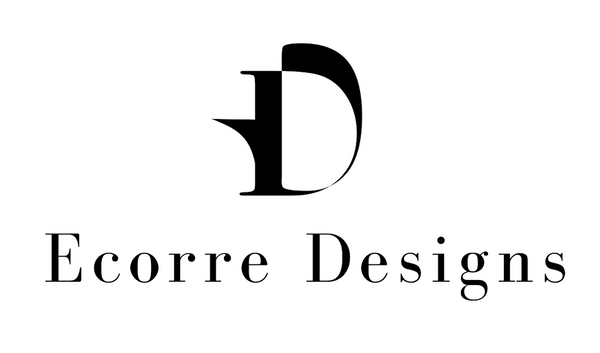Design and Art have long been intertwined, both stemming from human creativity and imagination. While they are often seen as distinct fields, with art emphasizing aesthetics and expression and design focusing on functionality, the two are deeply connected. The relationship between design and art is nuanced, with each influencing and enriching the other in countless ways.
At their core, both design and art are forms of visual communication, using color, form, texture, and space to convey messages, emotions, or ideas. Artists traditionally aim to create works that express personal or cultural ideas, often leaving interpretation open to the viewer. Design, on the other hand, is rooted in solving specific problems, whether it's creating a product, a logo, or a website, with the goal of enhancing user experience while still engaging the viewer aesthetically.
One key overlap between design and art is creativity. In both fields, the artist or designer uses their skills to create something new, something that didn't exist before. Whether it’s a sculpture or a brand identity, the creative process often starts with a vision, an abstract idea that the artist or designer works to manifest. In this sense, design can be seen as a more functional extension of art, where aesthetics and utility come together.
Design also borrows from art history. In the context of graphic design, drawing from principles of painting, drawing, and sculpture. Typography, layout, and color theory have their roots in artistic movements such as Bauhaus and Art Deco, while modern design practices are heavily influenced by minimalist art. Designers often look to iconic artworks for inspiration, whether it's the bold shapes of Pop Art or the clean lines of modernism, to infuse their projects with meaning and beauty.
On the other hand, art benefits from design principles as well. The composition in a painting, the arrangement of sculptures, or the use of space in an installation can all be enhanced by an understanding of design. The integration of design elements in contemporary art exhibitions or the way artwork is displayed often requires a designer’s expertise to create an immersive and coherent experience for the viewer.
Ultimately, the relationship between design and art is symbiotic. Art can inspire design, and design can enhance the experience of art. When combined thoughtfully, the two disciplines transcend their individual purposes, creating something that is both beautiful and functional, expressive and practical. As creativity continues to evolve, so too will the bond between design and art, continuously shaping the world around us.
At Ecorre Designs we feel our works convey a feeling of Art intertwined with Design, sculptural forms bound into a functional object.

